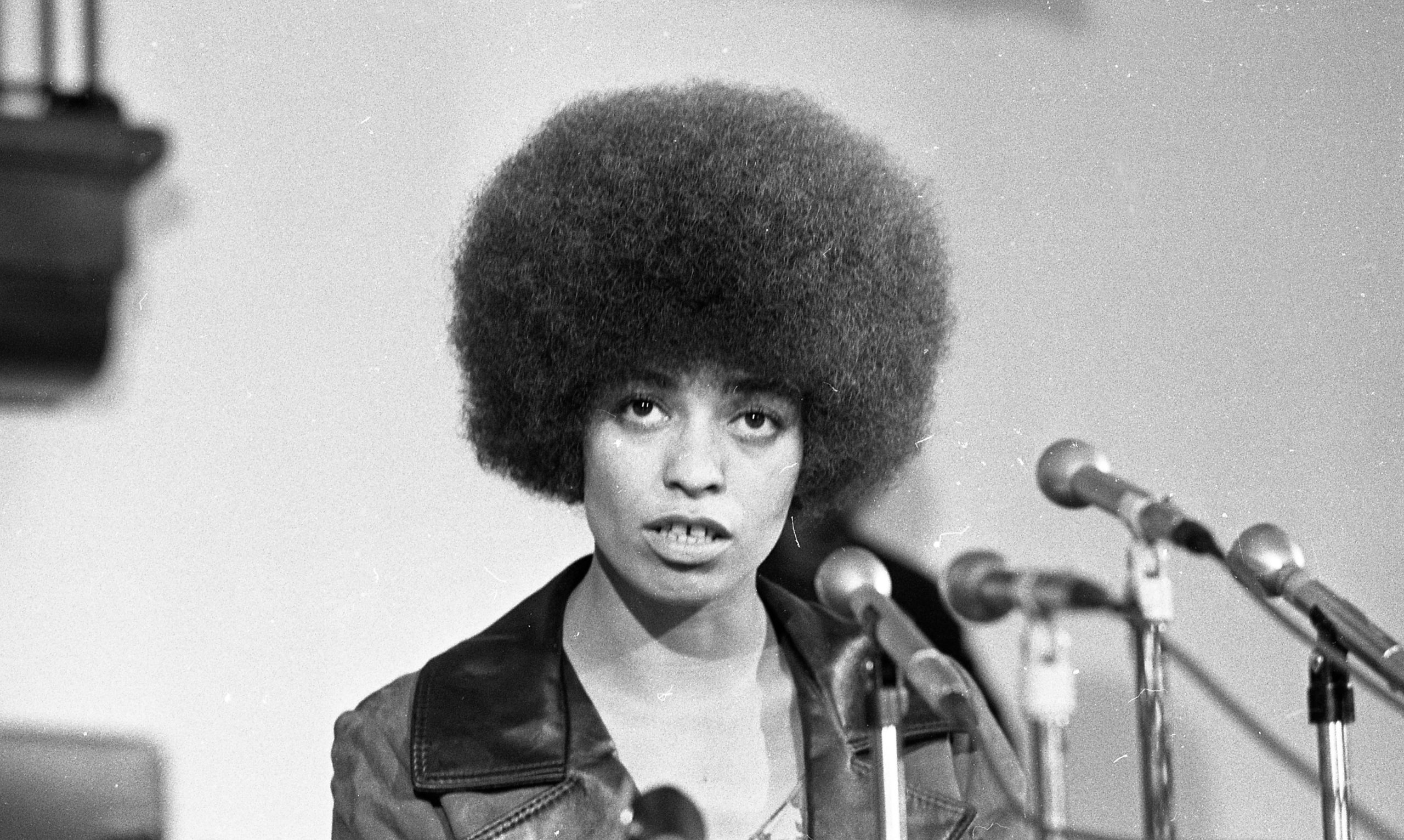Don't let them win.
The Communist LARP

Woke revolutionaries are mostly rich kids playing at radicalism.
Watching the turmoil in America’s streets in the past months after the killing of George Floyd in Minneapolis—seeing video of people mobilizing in Portland and Seattle or screaming at policemen in downtown D.C.—reminded me of something I’d seen before. It was 1986 and I was a young American diplomat stationed in Managua, Nicaragua. One of the chores for lower-ranking officers was to brief numerous American “solidarity groups” involved with the Sandinista regime and bitterly opposed to U.S. policy in Nicaragua, which included arming the Contras.
These groups were part of an unprecedented and unsurpassed flood of political pilgrims which descended on the small Central American country. Their opposition to specific American polices usually morphed into a much broader critique. Briefings usually began reasonably enough, but often degenerated into bitter hectoring sessions in which ever-so-earnest and righteous youngsters would lambaste the diplomat, our country’s policies, and even the country’s very nature and existence.
The intention was to make you, the diplomat, a kind of symbolic expiatory sacrifice for America’s many sins, from the Monroe Doctrine to Ronald Reagan. Being Cuban-American and naturally argumentative, I gave as good as I got. But I closely studied the mindset of these people, who were overwhelmingly white and from seemingly comfortable circumstances, individuals who now seem to be at least the spiritual ancestors of today’s Wall of Moms and Leaf-Blower Dads.
There were at least three types of sandalistas you would see at these sessions and at their weekly demonstration in front of the U.S. Embassy (one of the few non-governmental rallies not in danger of being broken up by the Sandinista Police).
Certainly some were passionate and sincere people motivated by the perception of injustice. A second category were the many for whom it was all a kind of therapy, an exotic narcissism, a political jaunt providing high-status credentials in fashionable circles. The third category was the smallest: the hardcore activists, cool and committed to the cause, who provided the guidance and context for the others.
This was an even more committed cadre than those who went to Central America and served in Cuba with the Venceremos Brigade. This was the leadership, similar to Antifa ringleaders on the streets today, who drove the masses and, even more importantly, used them to drive the conversation in more ideological directions. These solidarity groups still exist, although they have moved beyond Nicaragua, where the Daniel Ortega of the 1980s has returned to power since 2007, an aging oligarch wrapped in the rhetoric of Democratic Socialism.
What we are experiencing in America’s BLM moment has many of the elements of a developing mass movement. Mass movements always have their elites. In America’s current cultural revolution, this is often literally true. The rampant Critical Race Theory, identity politics, and Cultural Marxism we see today all were nurtured over decades in academe, amplified by media and tech companies, kept afloat by taxpayer and tax-exempt foundation dollars. With Google engineers and credentialed lawyers on the battlefront, this is hardly a revolt of the underclass.
“Race and social justice” content is increasingly disseminated by big business and government at the local, state, and federal level, no matter who is in office. Despite the trappings of revolution, I agree that this often seems like a putsch by neo-liberal elites LARPing at being revolutionaries.
But at what point does the seeming contradiction between the material interest of the Power Elite and the revolutionary rhetoric of the streets result in an outright clash? “Defund the police, the jails, the courts” is only part of it. One radical rally in Brooklyn recently tied BLM, advocacy for North Korea, Palestine, indigenous rights, anti-gentrification, and violence against police into one nice intersectional package.
Some might reasonably believe that a future Left administration, which will inevitably prioritize D.C. and Puerto Rico statehood, aggressively push identity politics quotas and rhetoric, and subsidize flailing higher education that provides sinecures for tenured radicals, can tame the revolutionary circus. But why should political life be any different than today’s university campus, where the quest for utopia is ceaseless and must be feverishly appeased?
The American Mind presents a range of perspectives. Views are writers’ own and do not necessarily represent those of The Claremont Institute.
The American Mind is a publication of the Claremont Institute, a non-profit 501(c)(3) organization, dedicated to restoring the principles of the American Founding to their rightful, preeminent authority in our national life. Interested in supporting our work? Gifts to the Claremont Institute are tax-deductible.
Communists have been planning to topple America for a long time.
BLM isn’t hiding its Marxism.
How Marxist ideologues took over our culture.
America must own its founding principles, or be destroyed.
BLM and Antifa are determined to bring the country to its knees. We should act accordingly.






